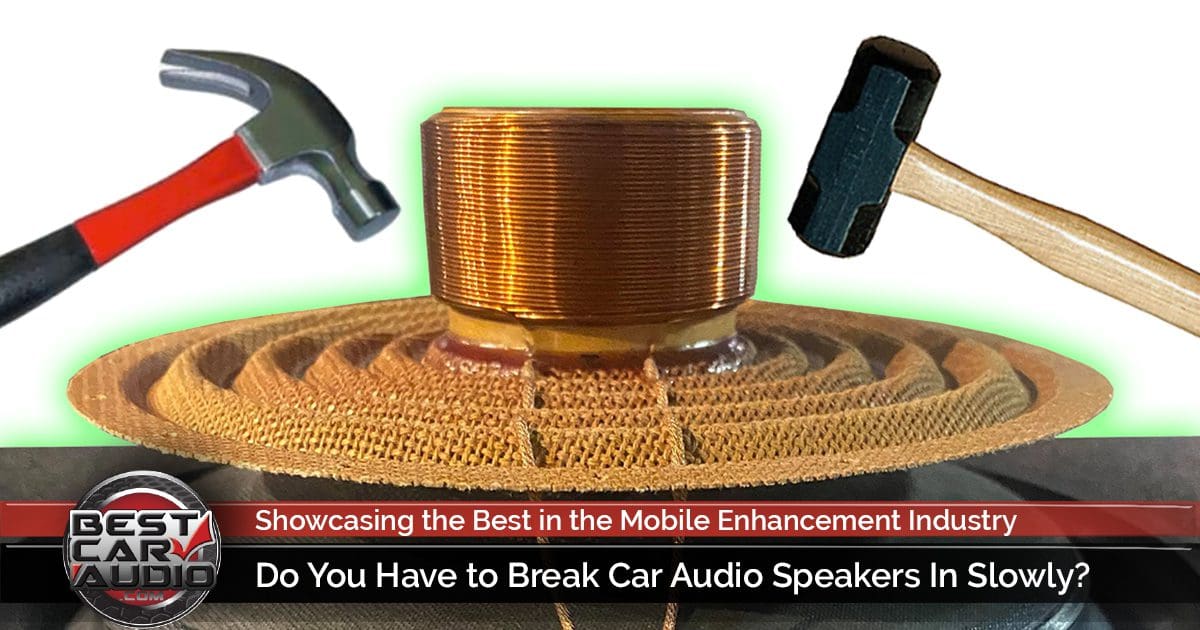I, as with all subjects on here, am NO expert, and dont pretend to be at all. There are some experts on here and some who seem to know a great deal about everything, Stephen Fry makes me feel humble, but I didnt expect the same on here.. haha
However, I do try to use my common sense and my common sense, for what it's worth, tells me that a car audio speaker is NOT the same as a home speaker in many aspects, least of all in their respective sizes. A car audio speaker is a fraction of the size of a home system, many of which are almost the height of the entire car! And so drawing any conclusions from the experience from one to the other I feel is dangerous and incorrect. The mechanics of the stretching of a large piece of material is very different to that of a small piece for various reasons.....
I can understand that the material in the speaker has to stretch over the much larger cones in peoples VERY expensive home hifi systems and that this may have an affect over a few hours, once this material has loosened off. Once settled in, maybe the change in tension in the material improves sound, although its not guaranteed and if anything it may just prevent a decrease in sound quality later on. However, this change in tension will be totally different on a much smaller amount of material. Imagine Barbie's underwear, compared to a grown woman.... surely we can work that analogy in there somewhere... ok maybe not.
In any case, a bit of research with the "real experts", ie those who make their living testing and researching such things leads to the following conclusion..... It would seem very dubious and basically incorrect that a
car stereo audio system needs to be run in..or that there will be any discernible difference after several hours, or weeks of running in etc.
My source is below and after far more tests than any of us on here will ever run, they show that we cant compare a car system to a home system and that if the Emira's Kef sound is not great to start with, it is highly unlikely to improve, but you are more than likely to simply get used to it. Any arguments can be directed at the experts at bestcaraudio... not to me, and again, I know nothing.
In terms of FM radio ect, it seems incredible Lotus have not overcome a good contact for the antenna, they are not the only auto maker to use these types of materials in their cars and as in most problems they experience, boots closing, door seals etc, its not rocket science and you would have thought someone there who knew the Evora had an issue would have said "lets get the radio reception right on this car"..... No excuses in the 2020's for this crap, FM has been around for a while......not a new tech, not a new problem
We’ve seen it said many times that you have to slowly ramp up the power to new speakers to break them in. Maybe? Maybe not.

www.bestcaraudio.com








